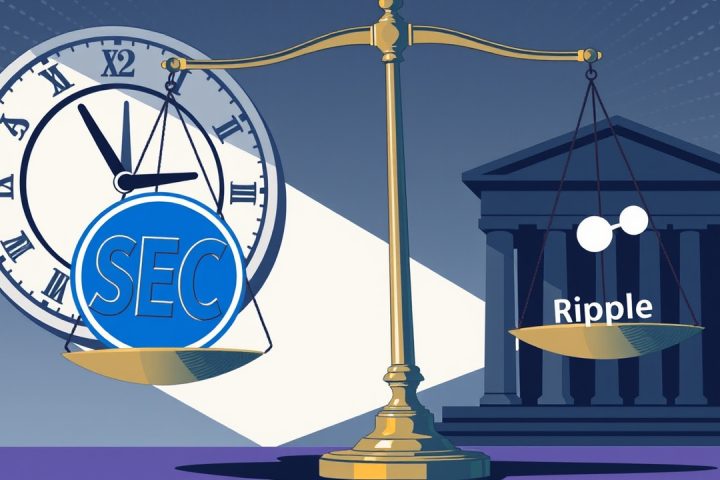The Evolution of Cryptocurrency and the Rise of Stablecoins
The landscape of cryptocurrency has evolved significantly, particularly with the rise of stablecoins, which have garnered increased legitimacy in the sector. This transformation was notably influenced by the arrival of Donald Trump to the presidency, prompting a shift from a speculative atmosphere towards stringent regulations surrounding digital currencies. Consequently, the conversation around Central Bank Digital Currencies, which could centralize economic power through blockchain technology, diminished, laying the groundwork for the steady rise of stablecoins.
Market Growth and Adoption
By the close of 2024, the market capitalization for stablecoins reached an impressive $202 billion, signifying a remarkable 64.3% increase from the previous year. Transaction volumes mirrored this growth, skyrocketing from $750 billion to a staggering $4 trillion. This surge can largely be attributed to investors’ tendency to seek lower-risk options paired with the confidence that stablecoins engender through their anchored value.
In addition to increasing transaction levels, the adoption and utilization of digital wallets have also surged—standing at over 100 million wallets holding stablecoins, with roughly 25 million active monthly users. This shift signifies a burgeoning trend where investors prioritize self-custody of their assets over reliance on third-party exchanges. Notable wallets like MetaMask and TrustWallet have received substantial attention, pushing the crypto wallet market’s value beyond $12.6 billion, with estimates suggesting it could exceed $19 billion by 2025.
Hardware Wallets and User Behavior
Furthermore, hardware wallets are also experiencing significant growth. Forecasts indicate that this market could reach $2 billion by 2030, showcasing a shift in how users approach asset protection. Recent disturbances, including the collapse of FTX in 2022 and subsequent issues related to centralized exchanges, have prompted many users to reassess their asset security. This has driven more individuals to consider hardware wallets, which provide direct control over their crypto assets.
Customer behavior has notably altered, as individuals no longer wish to depend solely on centralized entities for safeguarding their investments. Companies like Ledger and Trezor have reported substantial growth, adapting their clients’ hardware experiences to cater to newcomers. Moreover, innovative products such as the D’CENT Wallet have emerged, not just to secure assets but to facilitate users’ engagement with Web3 through guidance and enhanced decision-making capabilities.
D’CENT Wallet: A New Approach
D’CENT is pioneering in its approach to redefine the user experience in cryptocurrency management. By integrating features that support users in making informed investment decisions, this device surpasses traditional hardware wallets. Through its mobile application, users enjoy the ability to track investment trends using data from CoinGecko and CoinMarketCap, as well as real-time insights that empower them to act on market changes efficiently.
This latest version includes an on-chain insight feature for tracking token activity and alerts users when tokens significantly fluctuate, allowing them to react promptly in trading scenarios. D’CENT positions itself as a comprehensive exploration tool enabling access to decentralized applications, DeFi, NFTs, and DAOs, facilitating a more user-friendly experience in the vast ecosystem of digital assets.
Conclusion
As the cryptocurrency sphere continues to adapt, wallets are transforming from mere storage spaces into instrumental decision-making platforms. These advancements reflect a broader paradigm shift in how investors interact with cryptocurrency—prioritizing both security and engagement in an ever-evolving market.




